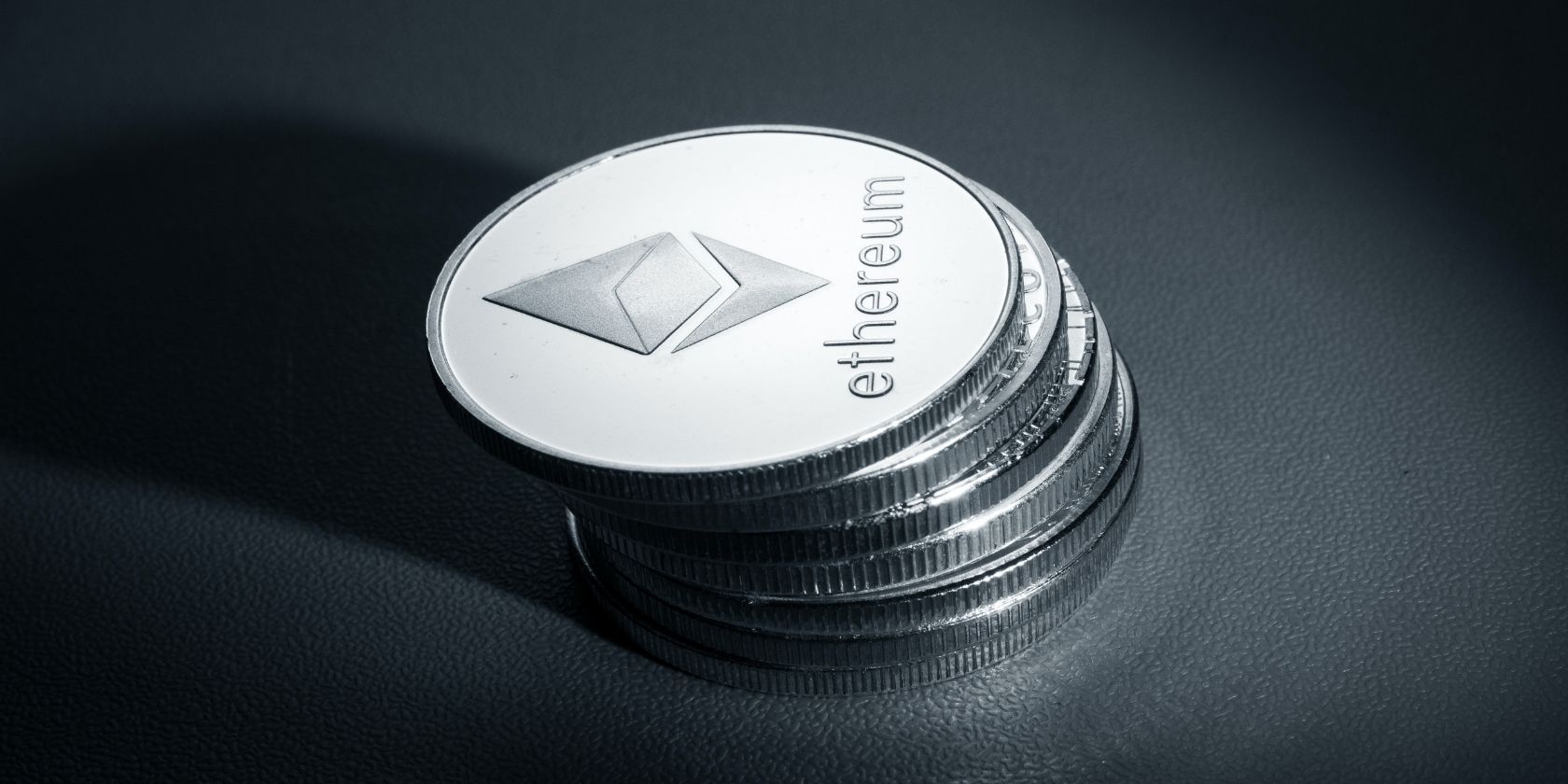The cryptocurrency industry consists of a vast and complex landscape, where hundreds of little cogs work together to operate a well-oiled machine. There are so many things that can be done on or within any given blockchain, but blockchains themselves can also be split into multiple parts. This is called sharding. But how does blockchain sharding work, and what exactly is its purpose?
What Is Blockchain Sharding?
When many of us think of a blockchain, we imagine a long line or chain of information. So, let's apply this idea to better understand sharding. A typical blockchain consists of one chain of blocks and functions as an individual network storing data in a decentralized fashion. While this is by no means a highly flawed system, the increasing popularity of cryptocurrency and blockchains is posing a serious problem for decentralized organizations: scaling limitations.
As the number of transactions taking place on a blockchain increases, a backlog of un-validated blocks begins to form. This is a significant issue on the Bitcoin blockchain, wherein users have to wait a frustratingly long time for their transactions to process.
Bitcoin's scalability issues are partly the fact that its block sizes are quite small, along with the fact that the Bitcoin blockchain is so popular that developers and miners just can't keep up with the mammoth transaction volume. This is why blockchain companies are now looking toward scalability solutions so that they can better support their users and provide them with a more convenient experience. And, when it comes to scalability, sharding can certainly come to the rescue.
The process of sharding involves splitting a blockchain into several "shards." The process itself involves a few steps, including the horizontal partitioning of databases, through which each blockchain is given its own role or purpose. For instance, one blockchain might be used to store data on a given token, while another might be used for network governance.
It's important to note that sharding is not the same as a hard or soft fork, as no change in protocol is made when the blockchain is split. Instead, each blockchain shard uses the same protocol, while processing and storing its own unique data that can still be shared among other nodes. By dispersing data storage across blockchains in this way, efficiency levels can be boosted massively.
Concerns Surrounding Sharding
While sharding sounds like a fantastic solution to the issue of scalability, it poses a security risk. The risk of one shard being corrupted and taking over another is a concern and could result in catastrophic consequences for any given blockchain and its users.
Additionally, there are some problems surrounding consensus mechanisms within any network that uses blockchain shards. Consensus is an integral part of any blockchain, as it keeps its decentralized ledger secure and unchangeable. But when a blockchain is split into multiples, not every node has to authenticate every transaction. Instead, only nodes on a blockchain shard will have to validate the transactions taking place on that specific shard.
So, in this case, the entire network isn't decentralized. Instead, only each blockchain shard is. A typical blockchain doesn't have this issue and aligns more clearly with the idea of decentralization across the board.
Though blockchain sharding has its possible drawbacks, a number of big companies are either already using it or considering adopting it to improve scalability. So, which big names have or will welcome sharding to their network?
Which Cryptos Use Blockchain Sharding?
Ethereum, the world's most popular blockchain for building decentralized projects, will be using sharding to increase the number of transactions processed every second. This huge upgrade will involve multiple steps, with the first blockchain shards set to appear in 2023.
But some blockchains are already using sharding, such as Zilliqa. One of Zilliqa's key attributes is its ability to provide scalability through the process of sharding. Currently, Zilliqa has four individual blockchain shards, with every transaction within the network being validated by the nodes within one of these shards.
Zilliqa's scalability makes it one of Ethereum's competitors, though Ethereum's decision to adopt sharding will cement its spot as the most popular smart contract blockchain for the foreseeable future.
Sharding May Soon Become Commonplace in The Crypto Industry
With scalability limitations being one of the biggest problems in the decentralized world, it's no surprise that many companies are now considering sharding to avoid latency. While sharding does pose some risks, it can offer networks the ability to reduce transaction times and increase user satisfaction, a win-win for businesses and customers alike!



